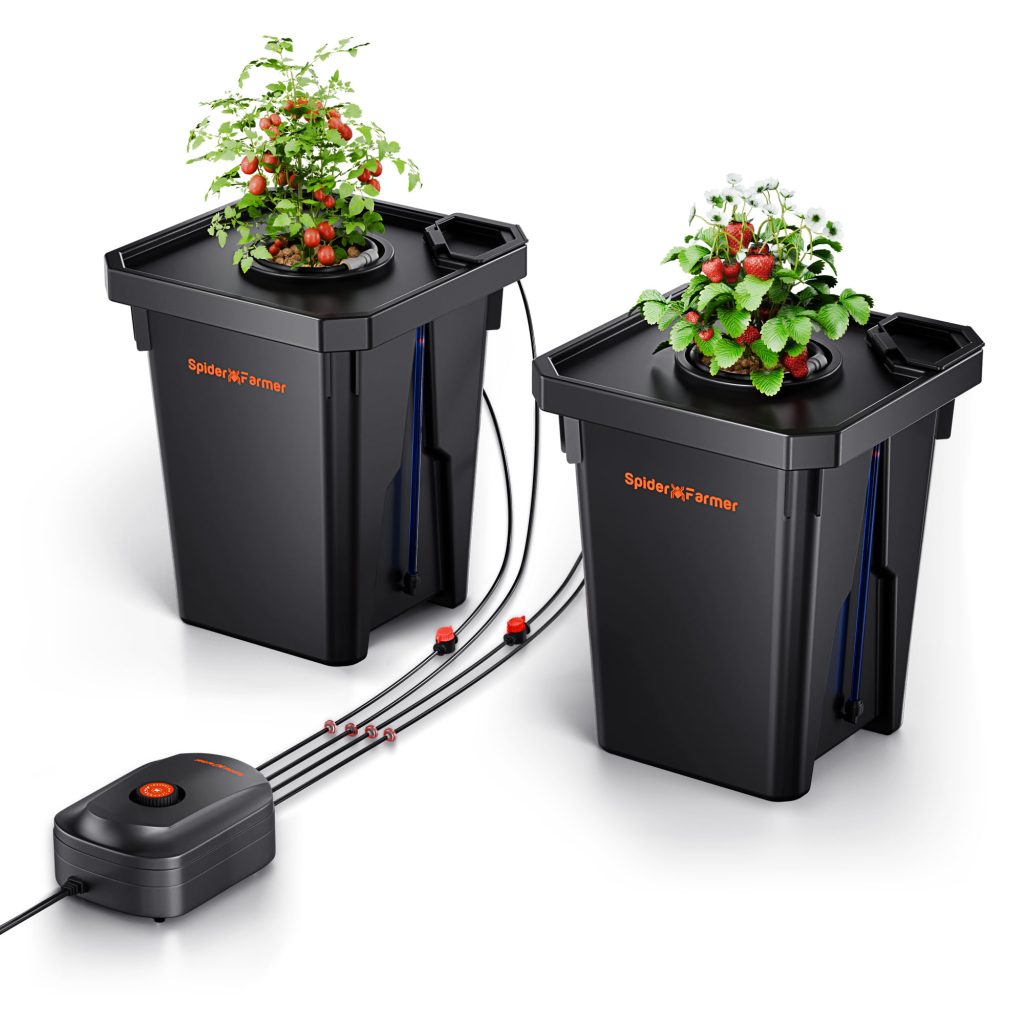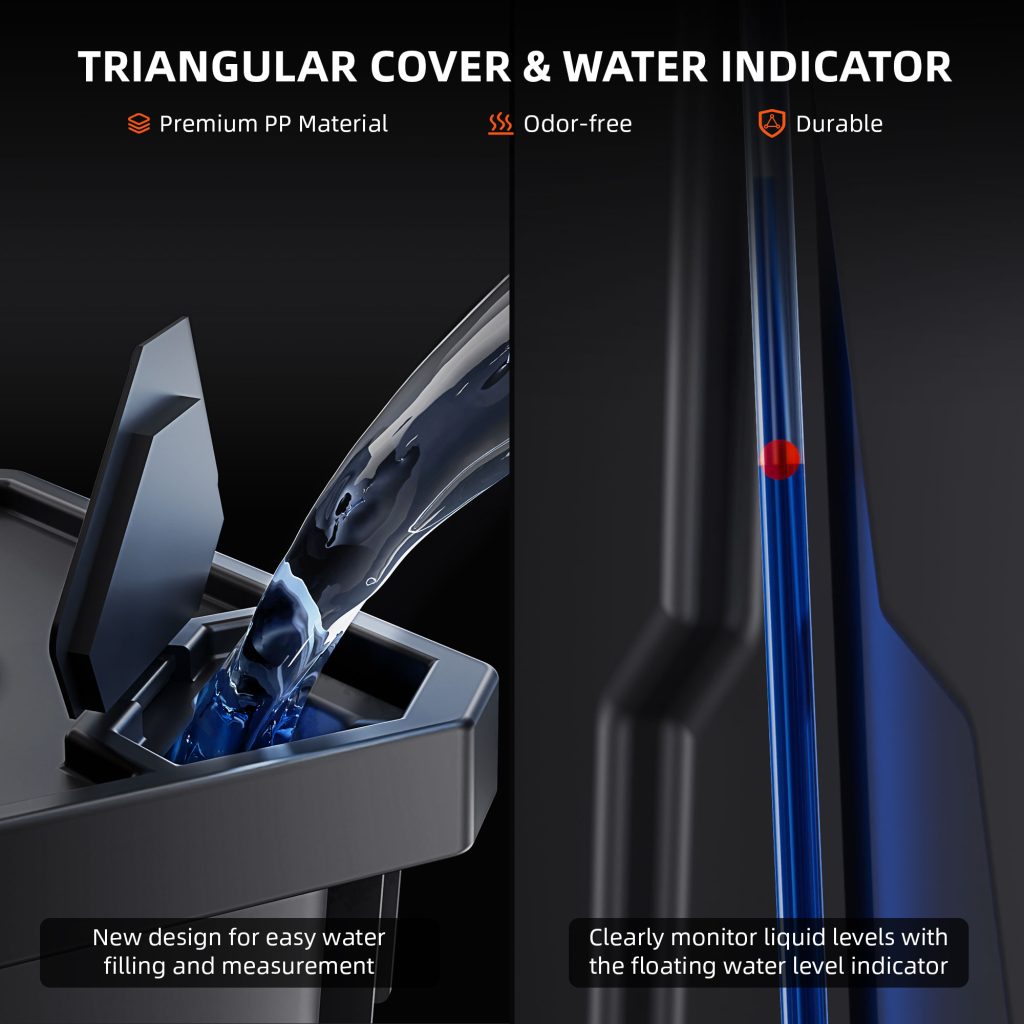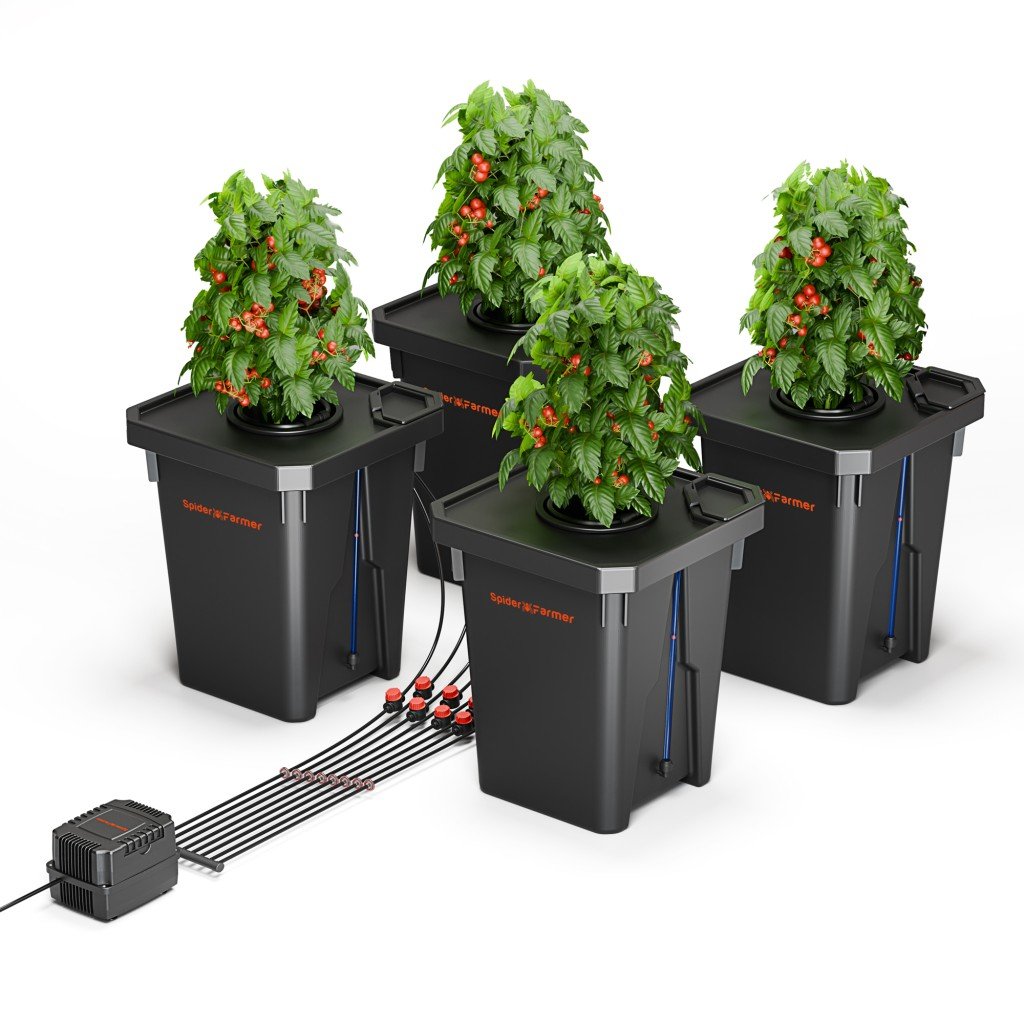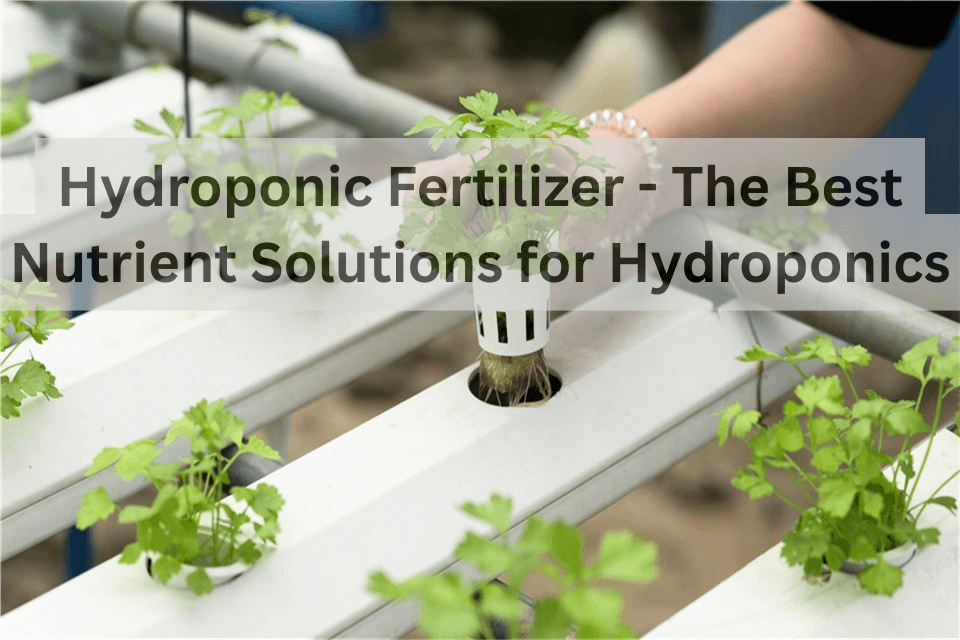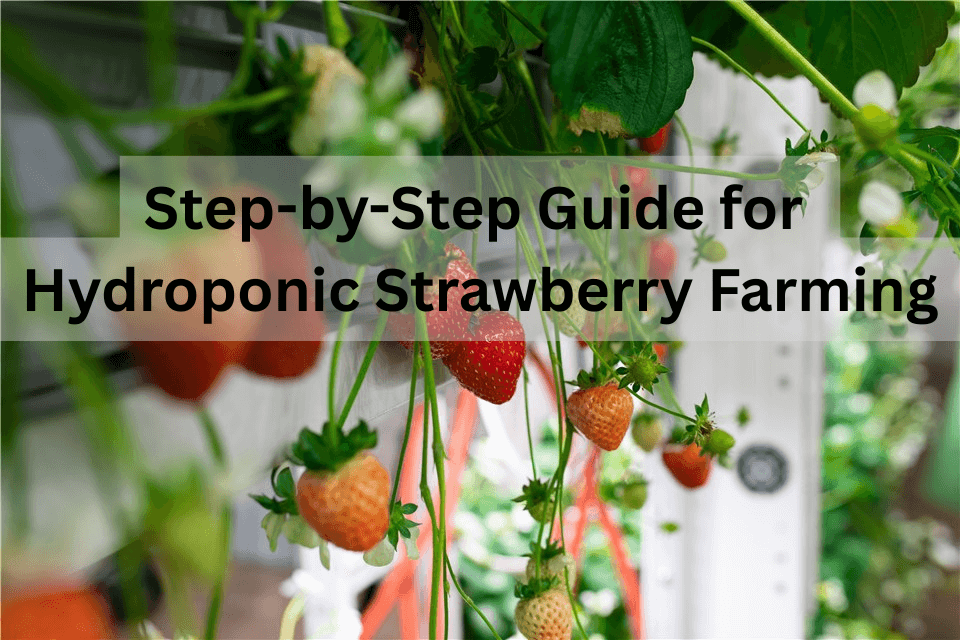If you want to enjoy fresh, nutritious produce all year round, grow microgreens at home. Not only are microgreens packed with vitamins and minerals, but they also add a burst of flavor and color to your meals. Whether you're a seasoned gardener or a beginner looking to dip your toes into the world of home gardening, microgreens are an easy and rewarding choice.
In this post, we’ll reveal the secret to growing microgreens. We'll walk you through the entire process, from selecting the right seeds and equipment to harvesting and enjoying your very own microgreens. Let's get started on this green journey and discover how simple and satisfying it can be to grow your microgreens at home.
Table of Contents
What Are Microgreens?
Microgreens are categorized into different plant families, such as Amaranthaceae (amaranth, beet, spinach), Apiaceae (carrot, celery, dill), and Brassicaceae (broccoli, cabbage, radish). They are known for their high concentration of vitamins, minerals, antioxidants, and other bioactive compounds, making them a nutrient-dense addition to any diet. Research indicates that microgreens can contain 4 to 40 times the nutrient levels of their mature counterparts.
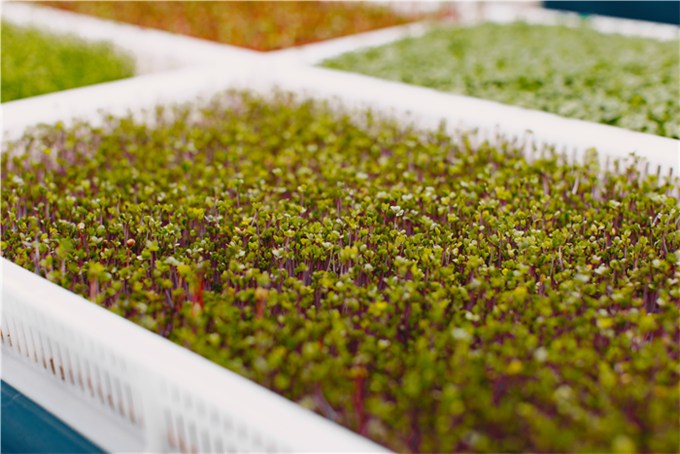
What Are Microgreens
Are Microgreens Good for You?
Yes, microgreens are good for you. These greens are not only nutritious but also versatile in culinary applications. They can be added to salads, sandwiches, smoothies, or used as garnishes for soups and main dishes. Additionally, microgreens are easy to grow at home, requiring minimal space and resources, making them an accessible option for urban gardeners. Their quick growth cycle and ability to be grown year-round indoors further add to their appeal.
What to Do with Microgreens?
Microgreens make a perfect addition to salads, providing a fresh and vibrant taste. You can also use them as a garnish for soups, sandwiches, and main dishes to enhance their visual appeal and add a touch of freshness.
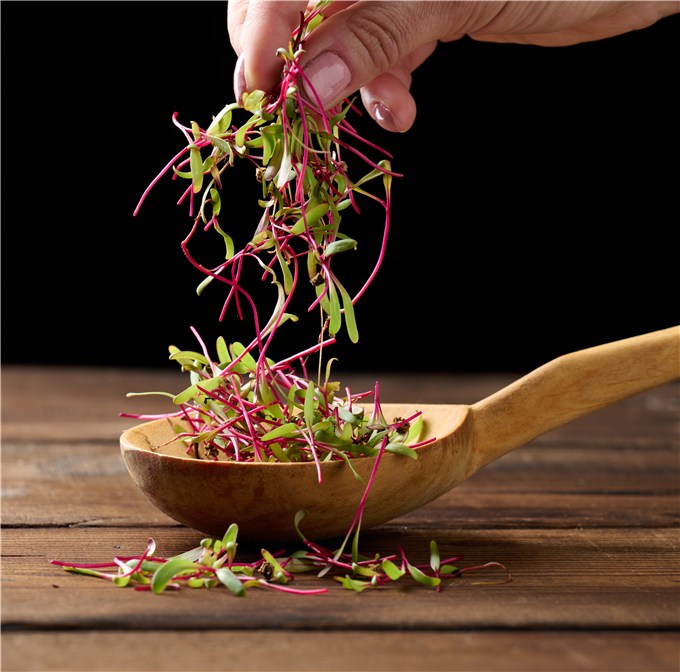
What to Do with Microgreens?
Microgreens can be blended into smoothies or juices for an extra dose of vitamins and minerals. They can even be sprinkled on top of pizzas or added to omelettes and stir-fries. Given their delicate nature, it’s best to add them towards the end of cooking to preserve their nutrients and flavor. Whether you’re looking to elevate a simple dish or add a nutritious boost to your meals, microgreens are a fantastic and easy-to-use ingredient.
Disadvantages of Microgreens
While microgreens offer numerous benefits, there are a few potential disadvantages to consider. One concern is their relatively high cost compared to mature vegetables, which can make them less accessible for regular consumption. Additionally, their short shelf life means they need to be consumed quickly to avoid spoilage. There is also a risk of contamination if they are not grown in hygienic conditions, as they can harbor harmful bacteria like E. coli and Salmonella. Lastly, some people may find their intense flavors overpowering, limiting their appeal in certain dishes.
Can You Grow Microgreens from Any Seed?
You can grow microgreens from a wide variety of seeds, including those of vegetables, herbs, and even some grains. While there are microgreen seeds, which can be bought from online retailers and specialty seed suppliers, you can technically use any type of seed to grow microgreens.
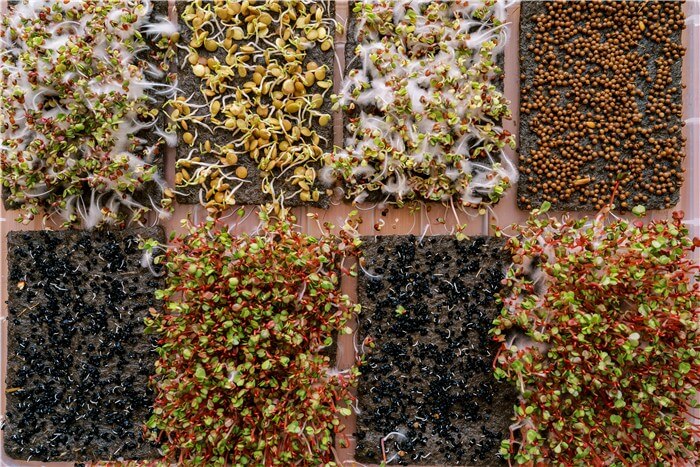
Can You Grow Microgreens from Any Seed?
However, it’s important to note that some seeds are more commonly used and may be more suited for microgreen production. For example, arugula, beet, broccoli, cabbage, cilantro, kale, and radish are popular choices for growing microgreens. Additionally, it’s recommended to use organic and untreated seeds to avoid potential issues with pesticides.
What is the Best Container to Grow Microgreens In?
For a beginner-friendly and low-maintenance option, the Spider Farmer DWC system is highly recommended. It features a self-watering system and smart app control.
Spider Farmer DWC Hydroponic Growing System with Top Drip Kit, 7-Gallon Deep Water Culture, 2-Bucket Setup, and GGS AC5 Power Strip Kit for Smart Watering Control
In stock
Spider Farmer DWC Hydroponic Growing System with Top Drip Kit, 7-Gallon Deep Water Culture, 4-Bucket Setup, and GGS AC10 Power Strip Kit for Smart Watering Control
Out of stock
Spider Farmer DWC Hydroponic Growing System with Top Drip Kit, 7-Gallon Deep Water Culture, 4-Bucket Setup, and GGS AC5 Power Strip Kit for Smart Watering Control
Out of stock
Spider Farmer DWC Hydroponics Grow System 2 Buckets + GGS AC10 Power Strip Kits
In stock
Spider Farmer DWC Hydroponics Grow System with Top Drip Kit 7 Gallon Deep Water Culture 2 Buckets
In stock
Spider Farmer DWC Hydroponics Grow System with Top Drip Kit 7 Gallon Deep Water Culture 4 Buckets
In stock
Besides, you can grow microgreens in containers. The best containers for growing microgreens offer proper drainage, aeration, and are made from food-safe materials. Here are some top choices:
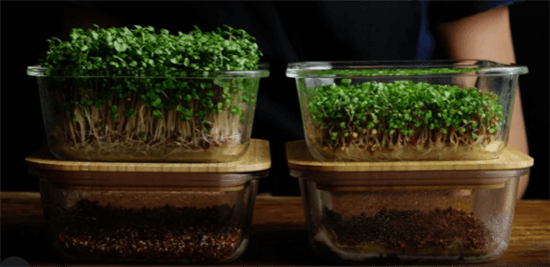
Microgreens Kits
- Glass Containers: Glass jars or containers are non-toxic, easy to clean, and can be reused indefinitely. They are a stylish and sustainable option for growing microgreens.
- Repurposed Containers: You can also use repurposed containers like clear plastic salad boxes, milk jugs, or even cake trays. These should be clean and have proper drainage holes.
- Biodegradable Containers: For those looking for eco-friendly options, biodegradable trays made from materials like coconut coir or peat moss are a good choice. They decompose naturally and reduce waste.
- Heavy-Duty Plastic Trays: These are durable, reusable, and provide good drainage. They are commonly used for growing microgreens due to their affordability and availability. The 1020 trays are particularly popular, with a depth of 2.5 inches, which is ideal for microgreens.
How to Grow Microgreens at Home?
It’s simple to grow microgreens at home. Upon choosing seeds like radish, broccoli, kale, and peas, take the steps to grow microgreens indoors.
1. Prepare Microgreens Growing Containers
Let’s start with shallow trays or containers with drainage holes. These holes allow excess water to escape and prevent mold growth. If you are using a tray, make sure it has a depth of around 2-3 inches for the roots to grow. You can also repurpose household items such as plastic containers or wooden boxes, as long as they have good drainage.
2. Add Soil or Grow Medium
For the growing medium, you can either use soil or go soil-free. A good-quality potting mix that drains well is recommended for beginners. Alternatively, you can use coconut coir or a peat-based mix, which are light, free-draining, and retain moisture well.
3. Sow the Seeds
Spread the seeds evenly over the soil or growing medium. Lightly press the seeds down into the soil with a flat object to ensure good seed-to-soil contact. Do not overcrowd the seeds to allow for proper germination and growth.

Sow the Microgreens Seeds
4. Watering
One of the secrets to growing microgreens is watering. Keep the soil consistently moist but not soggy. Use a spray bottle or a self-watering system to ensure the soil never dries out completely.
5. Provide Proper Light
Microgreens need plenty of light. Place your trays in a sunny windowsill or use LED grow lights if natural light is insufficient. Ensure they receive at least 12-16 hours of light per day. This can be achieved by placing the lights a few inches above the plants and using a timer to automate the lighting schedule.
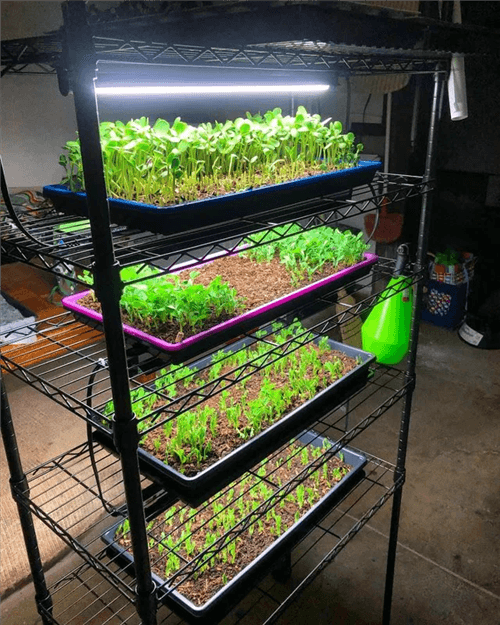
Growing Microgreens Indoors with LED Grow Lights
6. Monitor and Adjust
Monitor the growth of your microgreens daily to ensure optimal development. Ensure they receive adequate light, water, and air circulation. Adjust the light placement or watering schedule as needed to prevent leggy growth or mold.
7. Harvest
Microgreens are ready to harvest when they are about 2-3 inches tall, usually within 1-2 weeks of planting. Harvest them by cutting just above the soil line with a pair of scissors. Use them immediately in salads, smoothies, or as garnishes, or store them in the fridge for later use.
FAQs About Microgreen Growing
By the end of the post, we’ll answer several FAQs about microgreen growing.
Will microgreens regrow after cutting?
Some microgreens can regrow after cutting, but most cannot. Pea shoots, kale, coriander, sage, and basil are among the microgreens that have the potential to regrow after cutting. For example, to encourage pea shoots to regrow, you should cut them just above the first set of leaves with tendrils, ensuring that the plant can carry out photosynthesis and acquire the energy to regrow. Similarly, when harvesting kale, you should cut off the leaves that are close to the bottom of the stalk while leaving the topmost leaf intact, as this leaf provides the plant with the energy to regrow. However, it's important to note that not all microgreens have the ability to regrow after being cut. Proper cutting techniques, protection from pests and diseases, and the use of large pots can all affect the regrowth potential of microgreens.
How many times can I harvest microgreens?
Typically, you can harvest microgreens multiple times from the same batch of seeds. Some varieties, such as arugula, radish, and cilantro, are particularly well-suited for multiple harvests. These microgreens can be harvested two or even three times from a single planting. After the initial harvest, allow the microgreens to regrow by providing adequate light, water, and nutrients. You can expect a second harvest within 1-2 weeks of the first cut. However, not all microgreens will regrow, and the ability to regrow can depend on the specific variety and growing conditions.
Can I reuse the soil after growing microgreens?
Yes, you can reuse the soil after growing microgreens. This is beneficial for plants as it retains nutrients and supports microbial activity, which is good for plant growth.
Conclusion
In summary, by selecting the right seeds, providing adequate light and water, and maintaining proper hygiene, you can enjoy a continuous harvest of these nutrient-dense greens. Not only do they add a burst of flavor to your meals, but they also offer a satisfying gardening experience that can be enjoyed by both beginners and experienced growers alike.



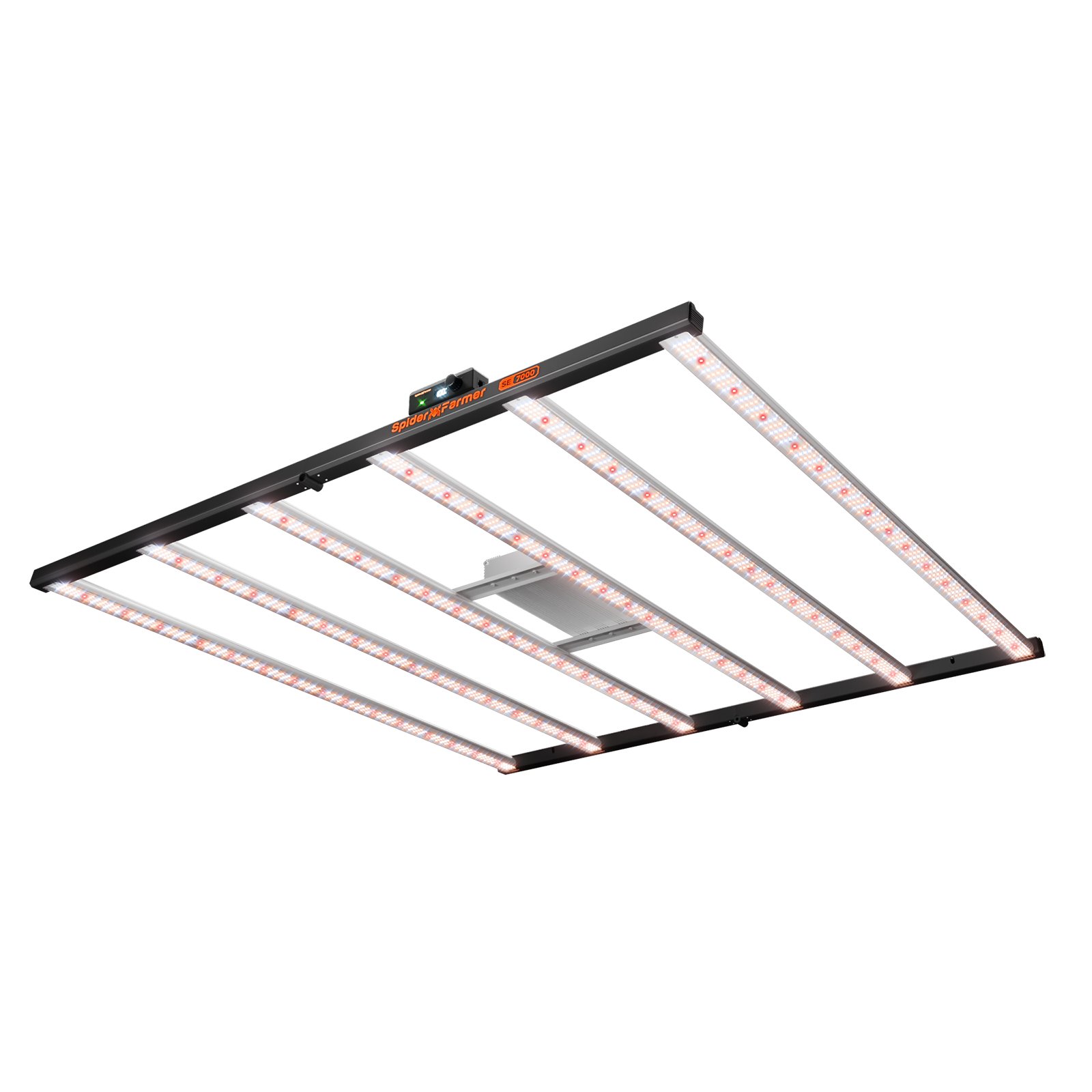
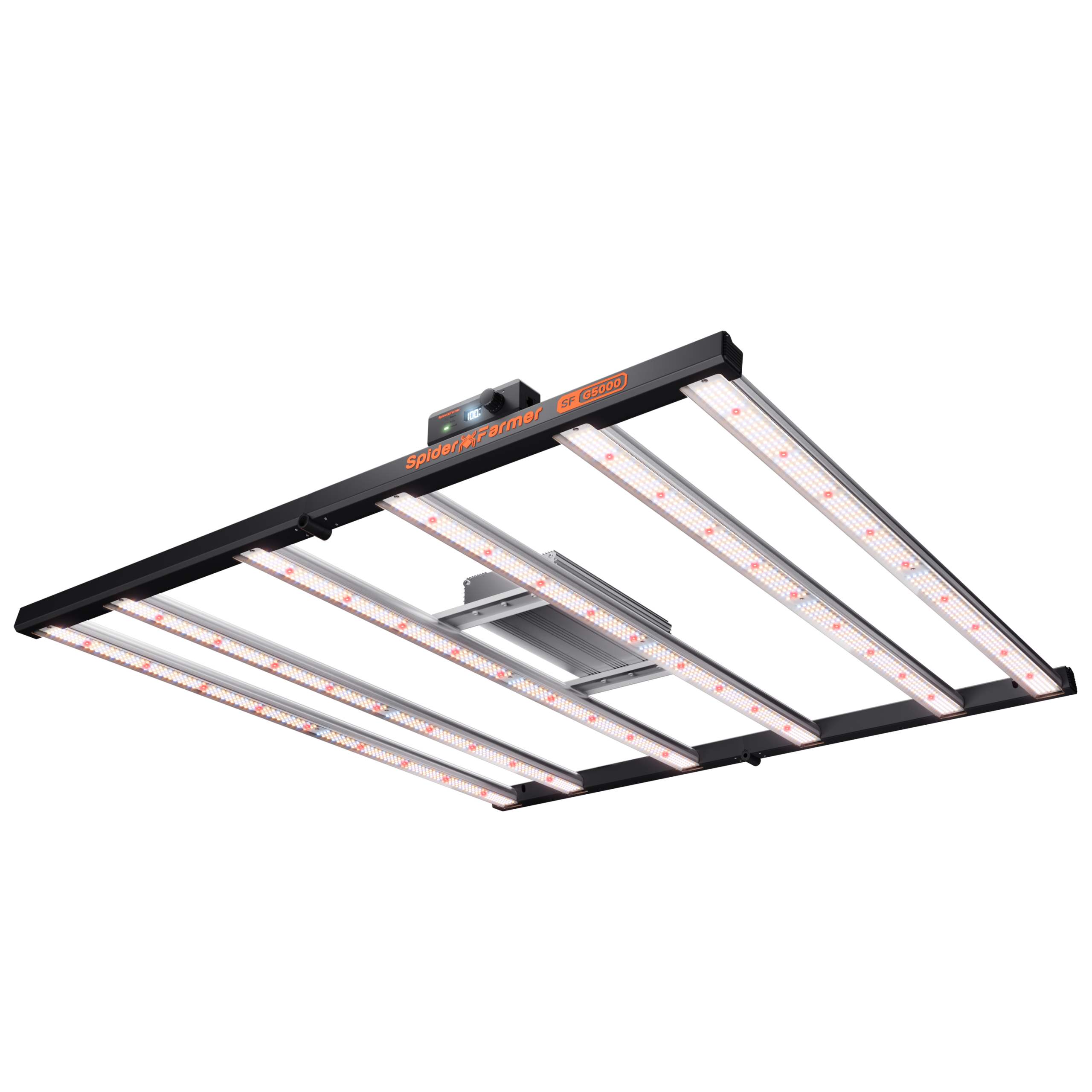
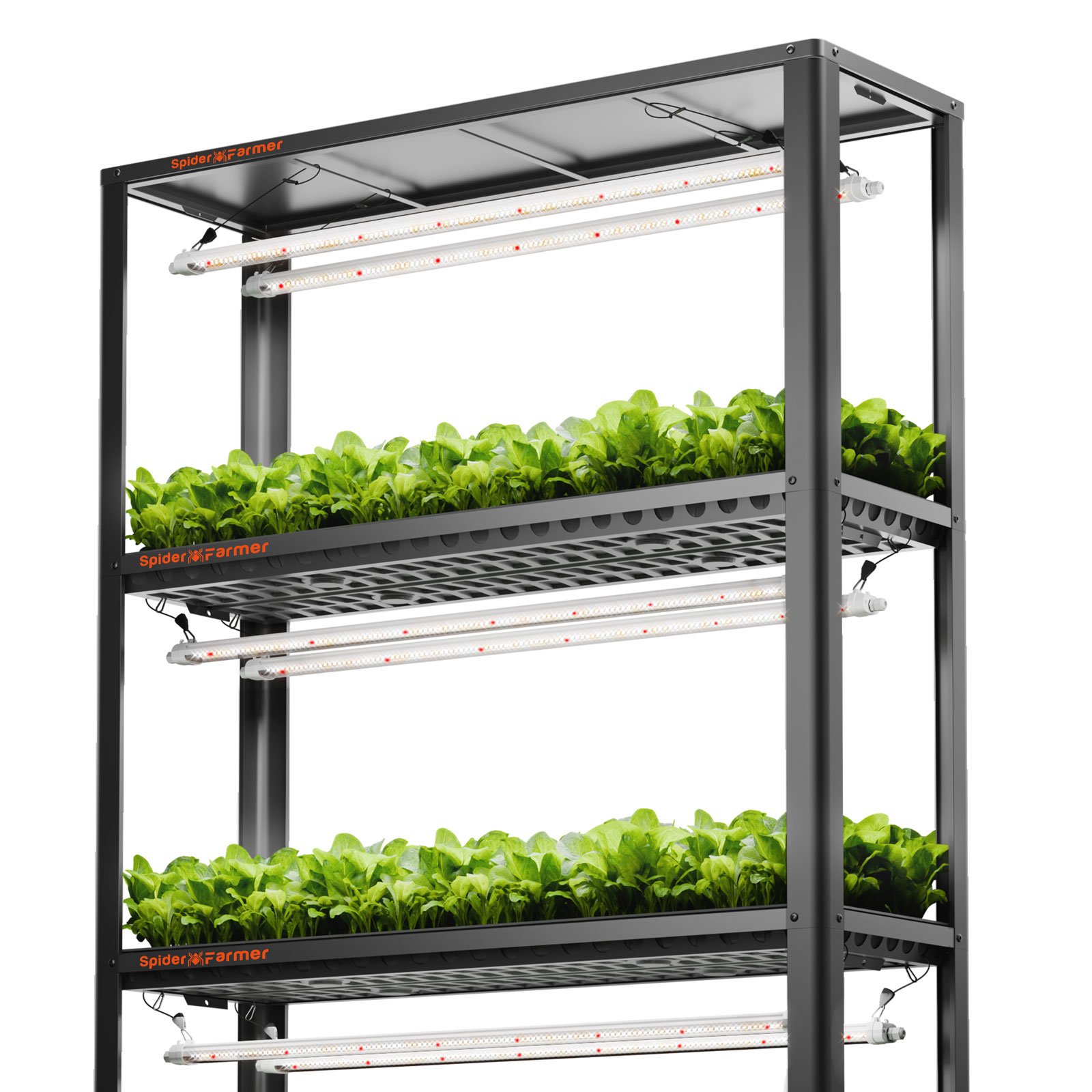
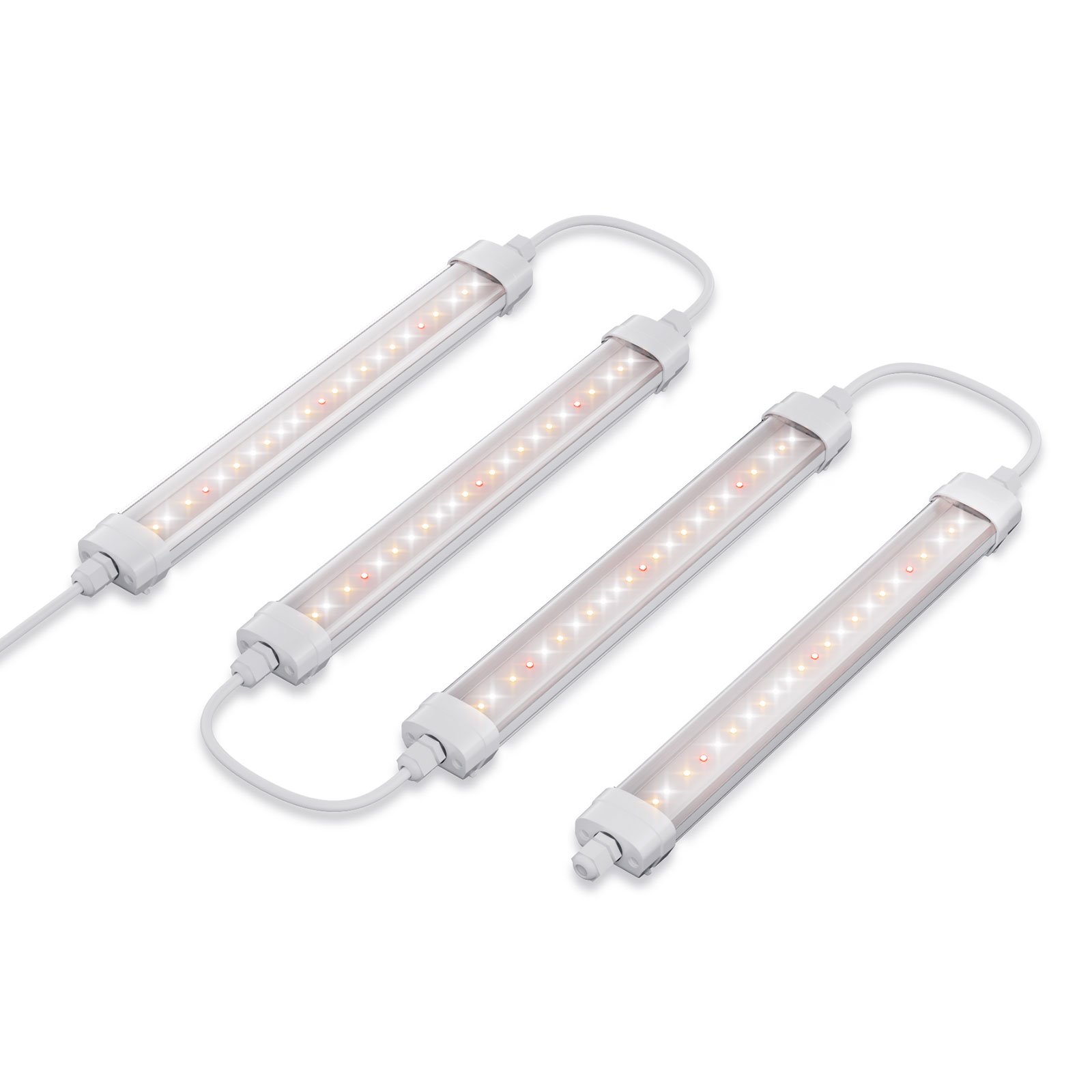

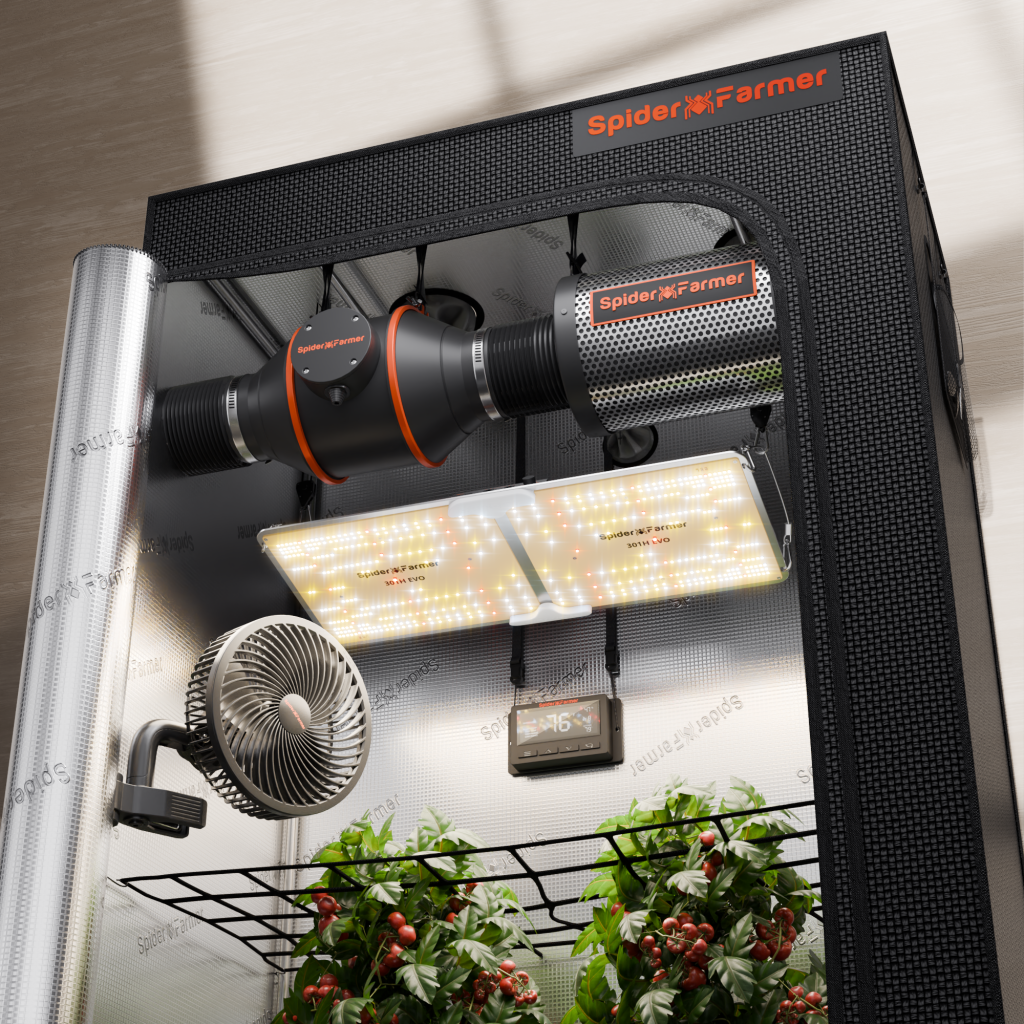
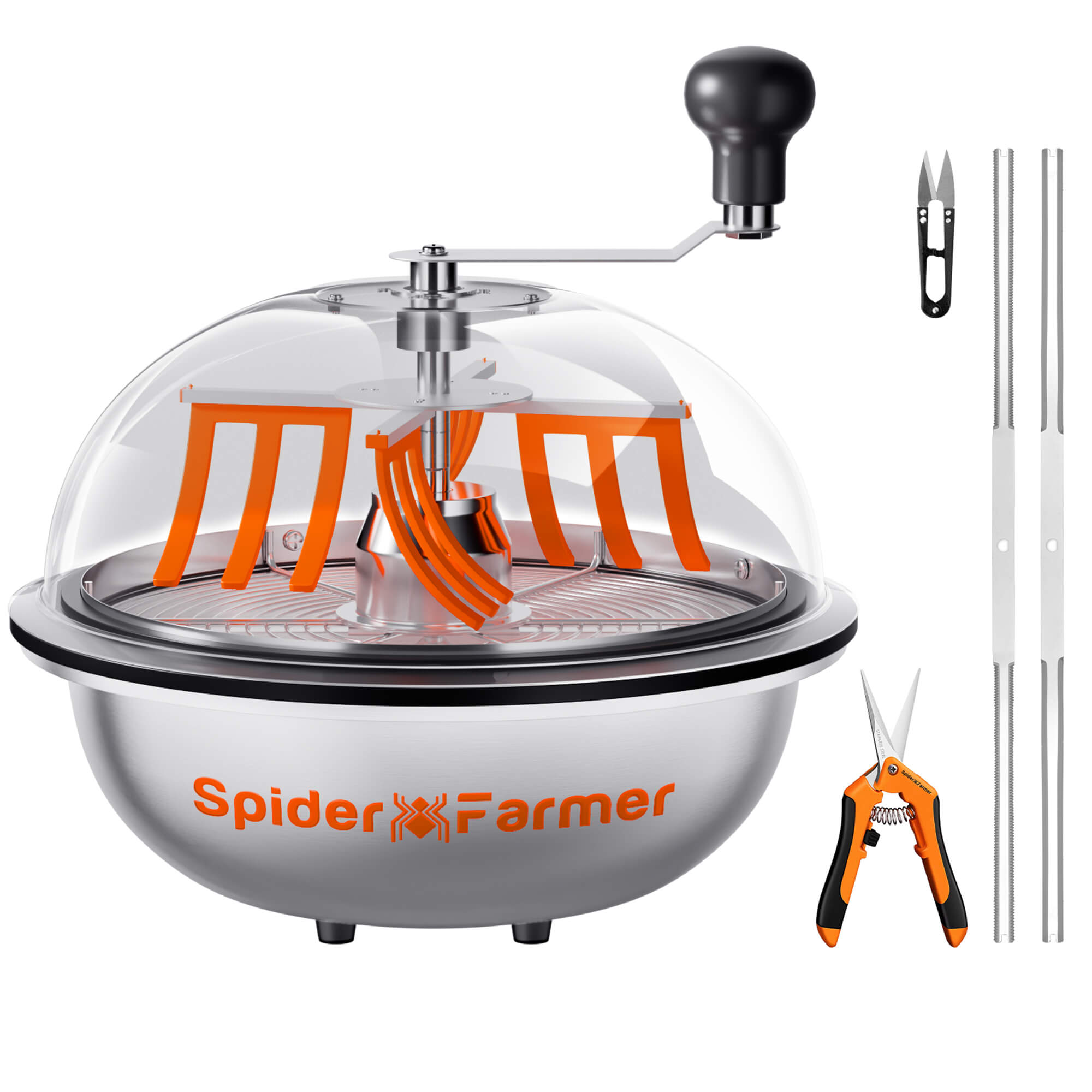



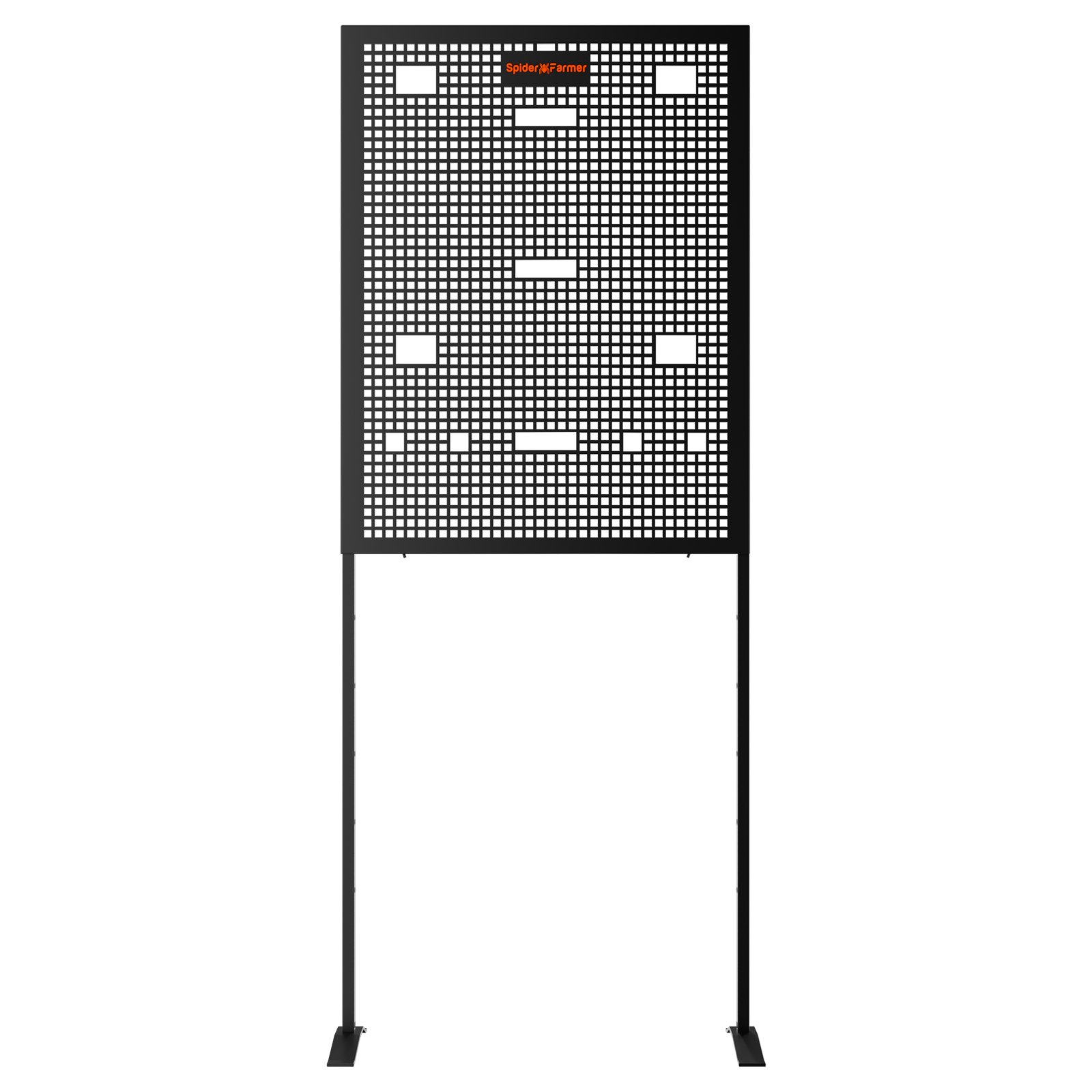



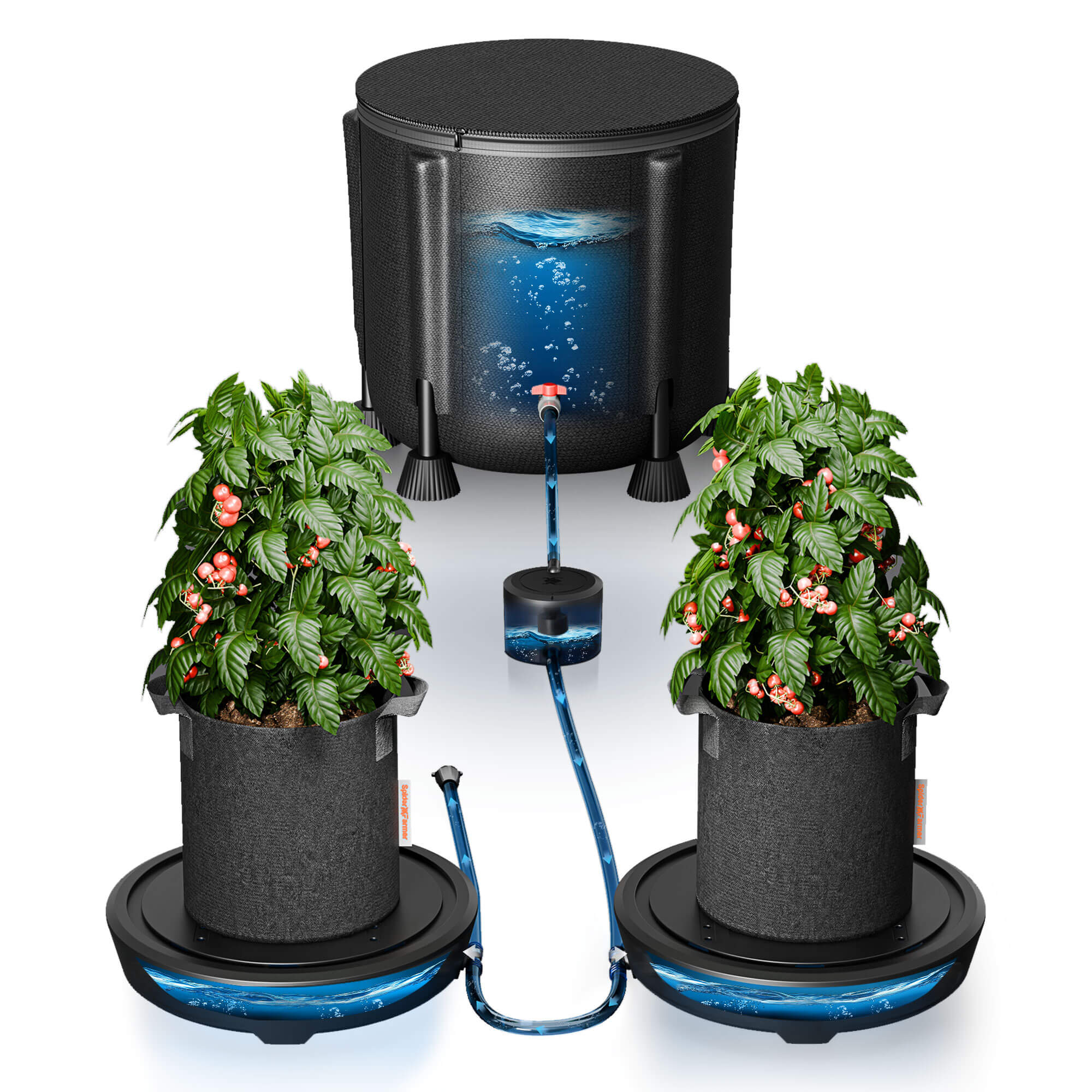
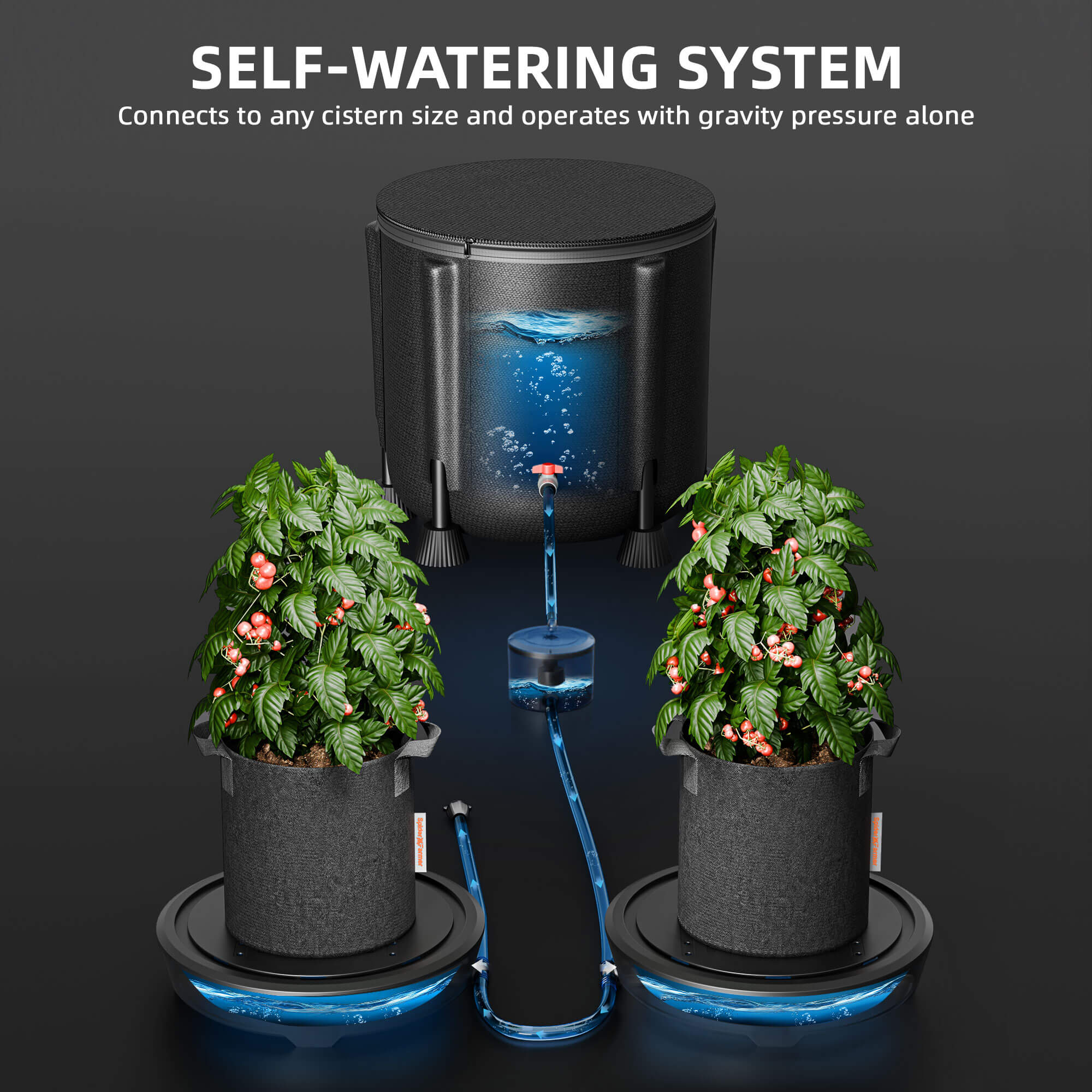
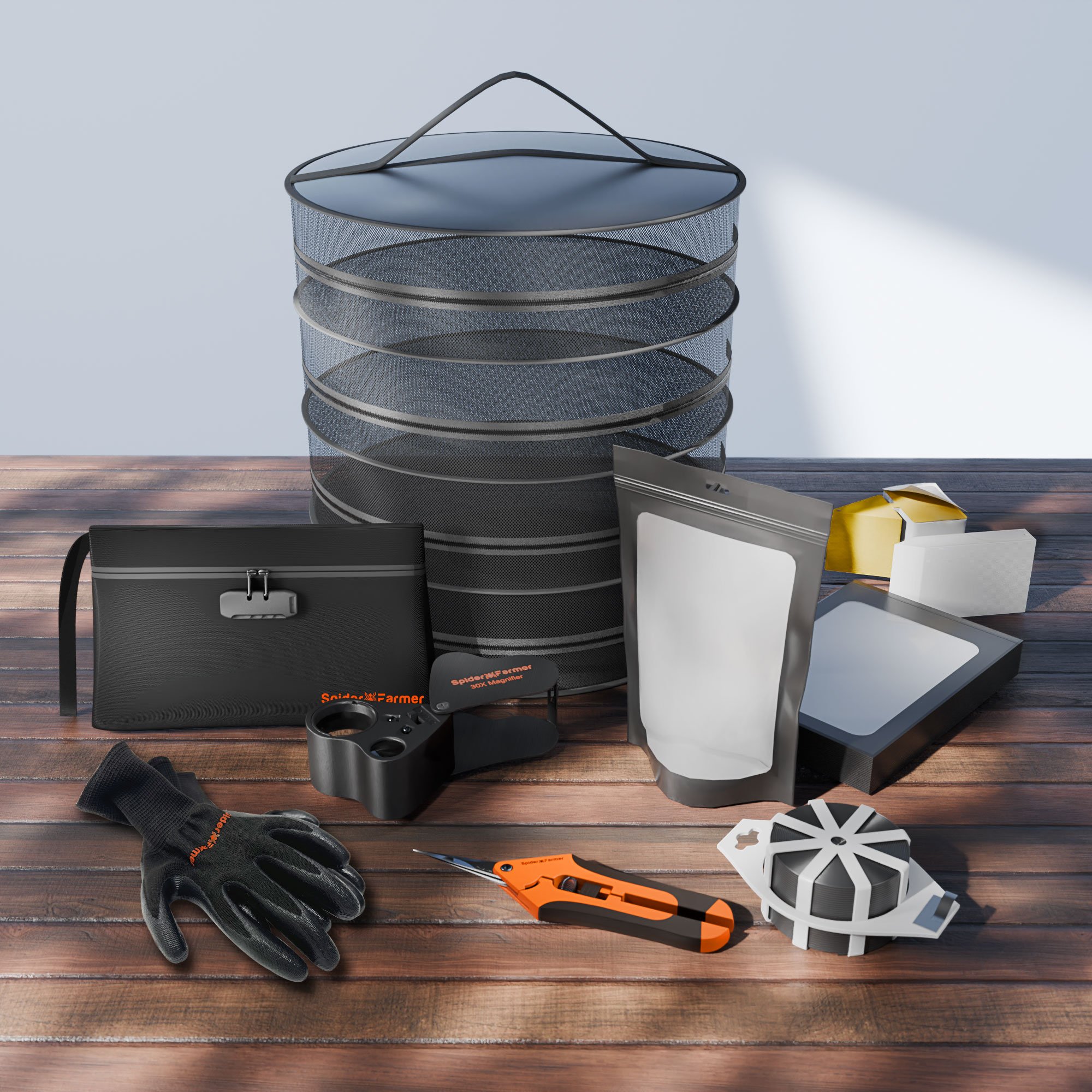

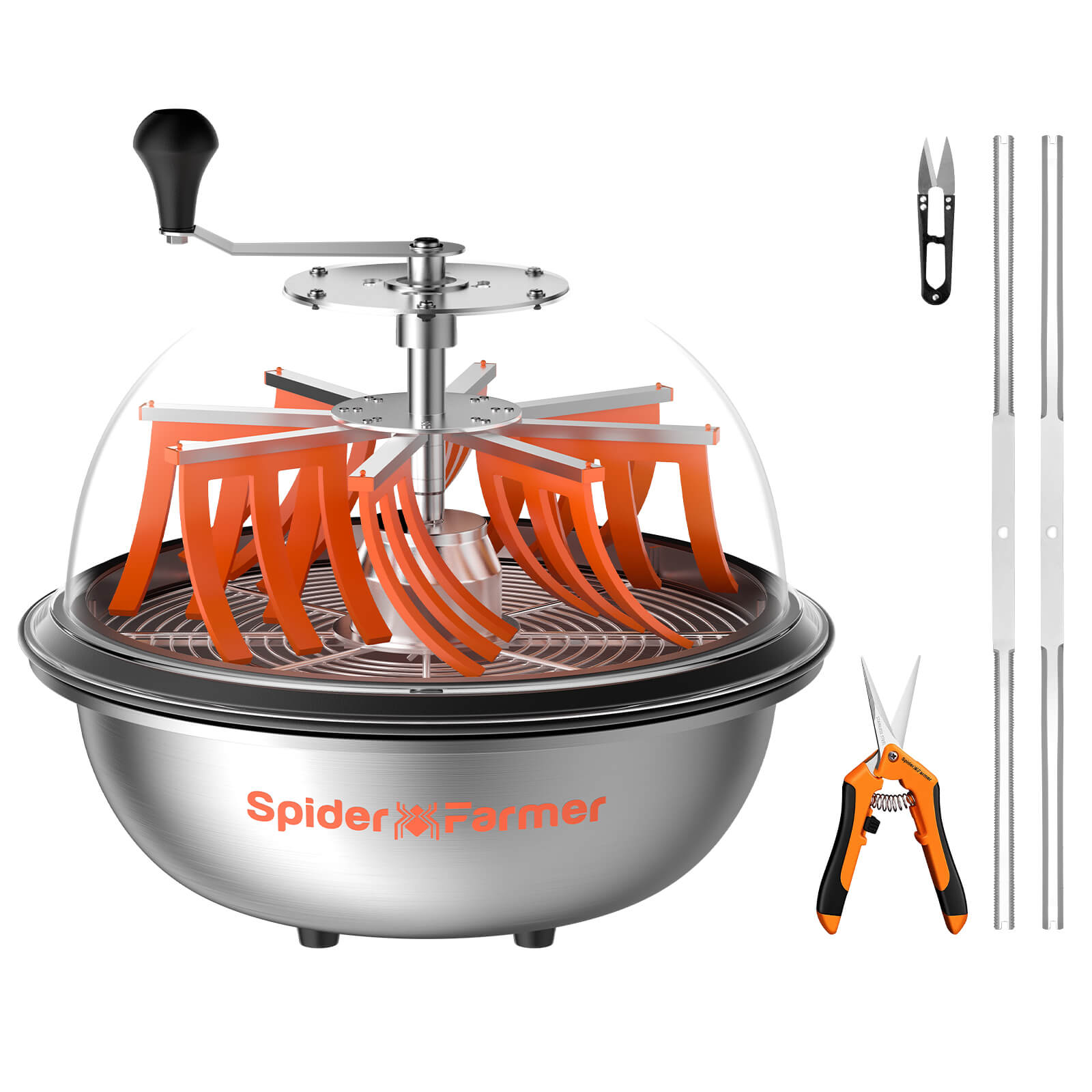

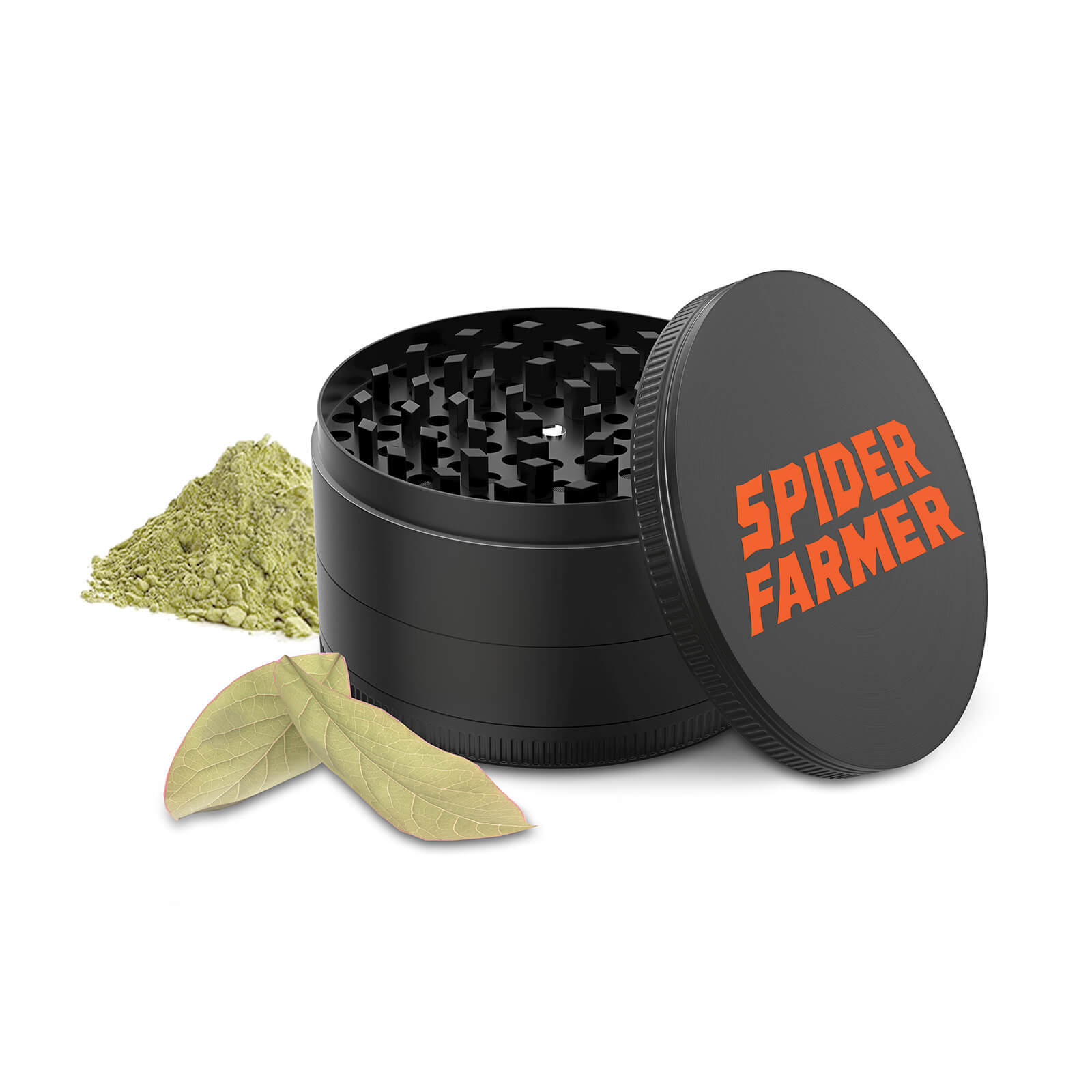
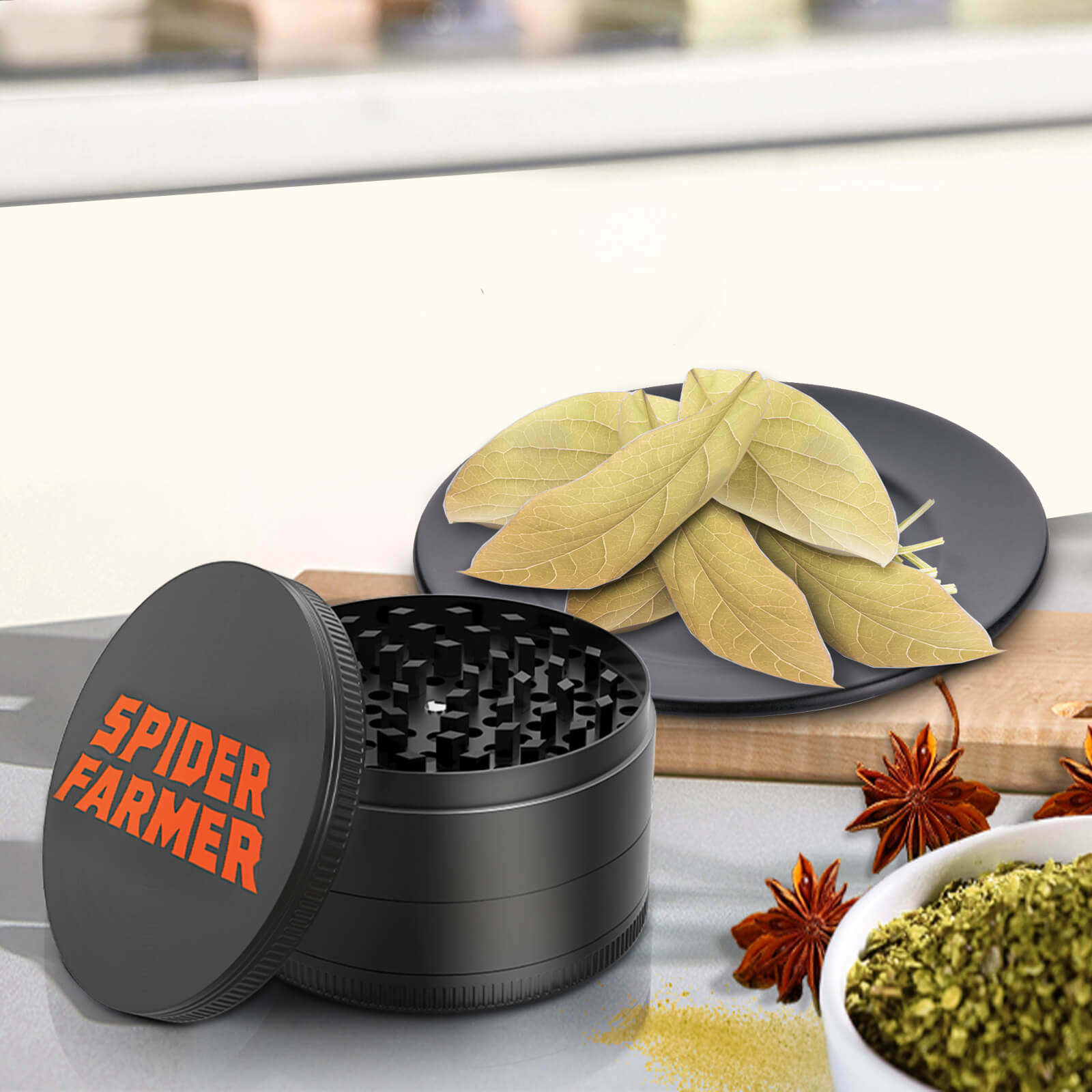

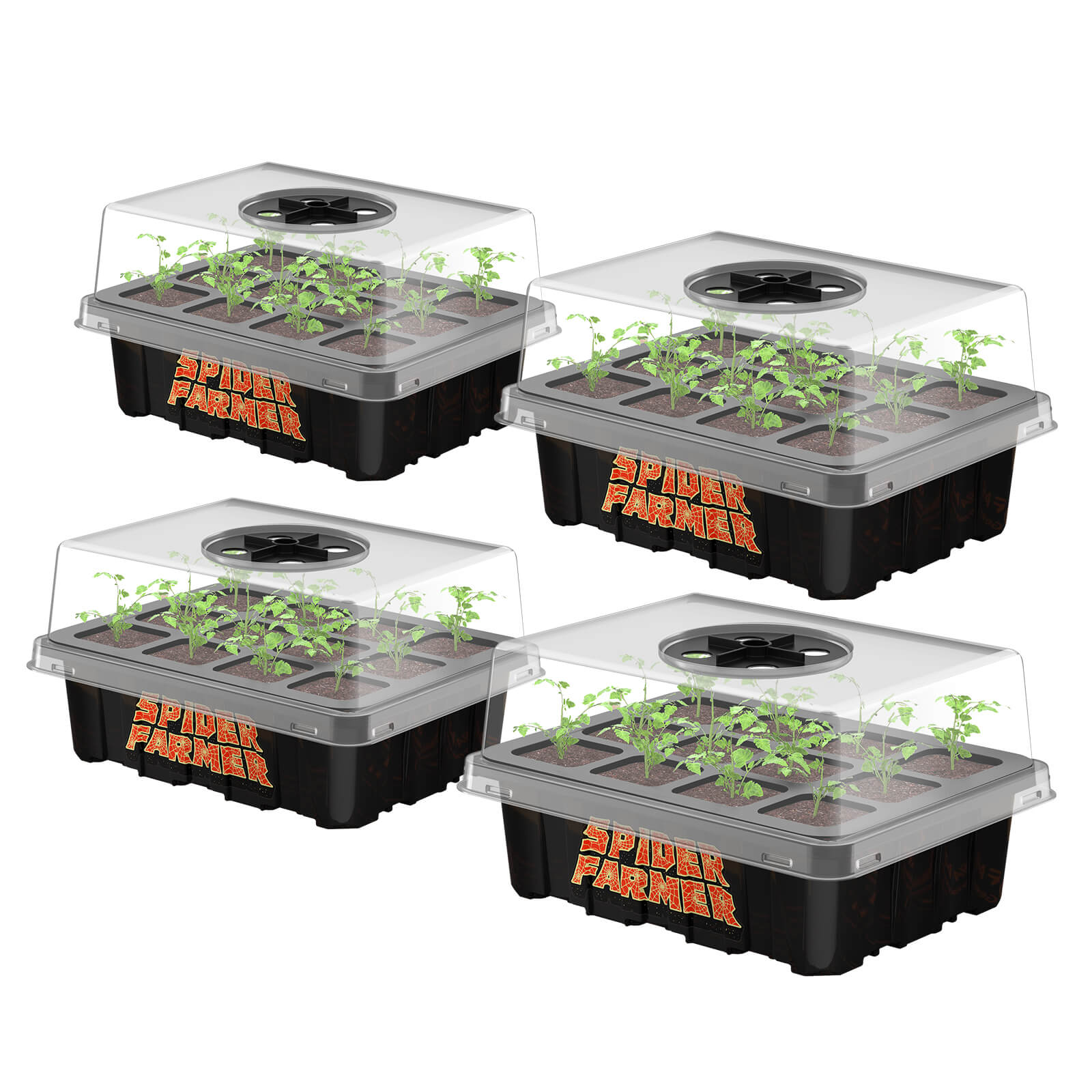



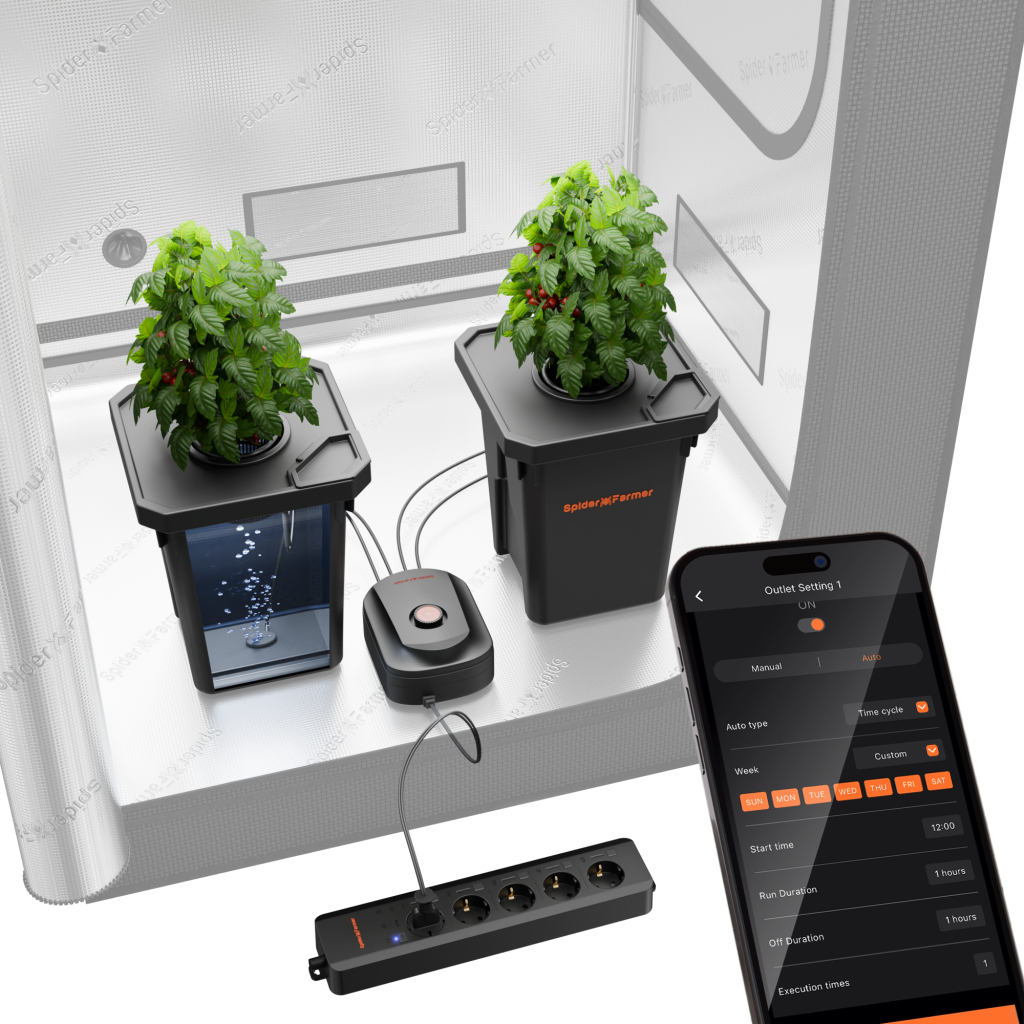
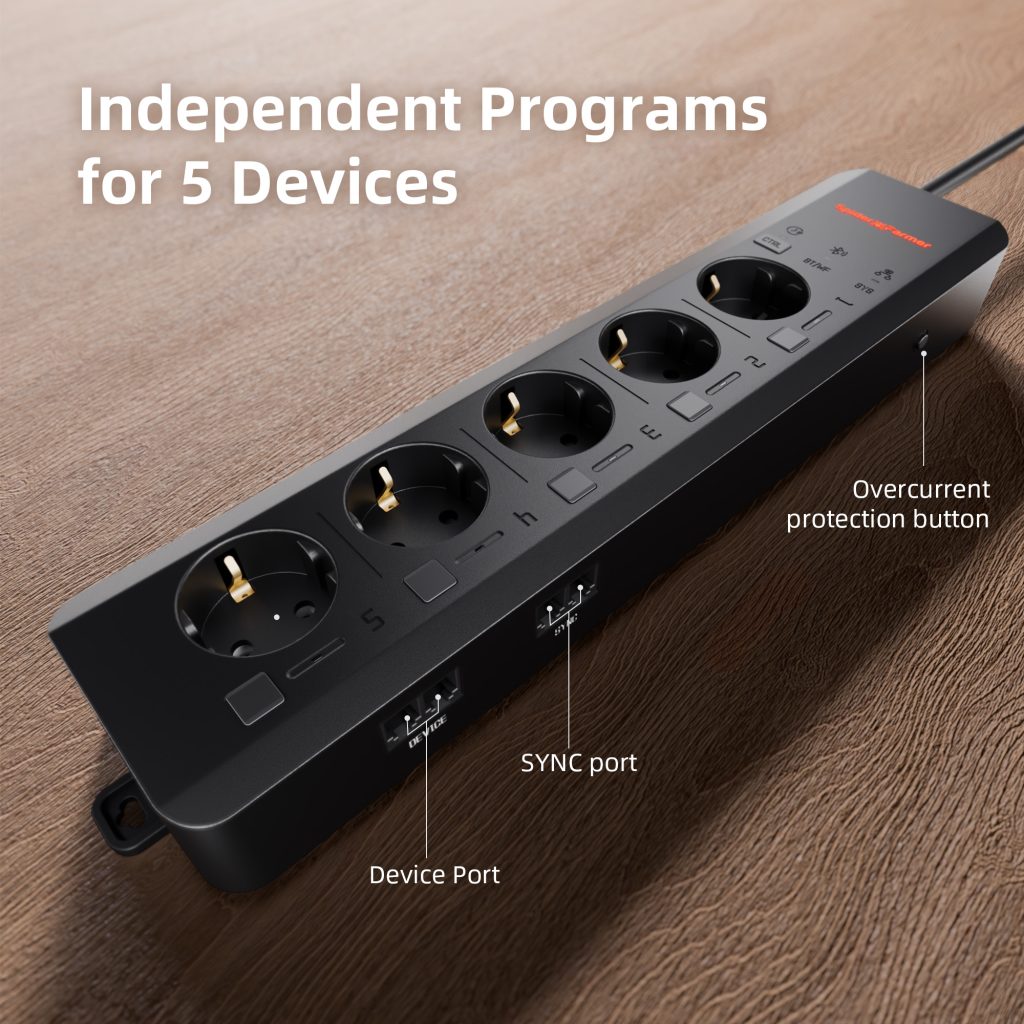
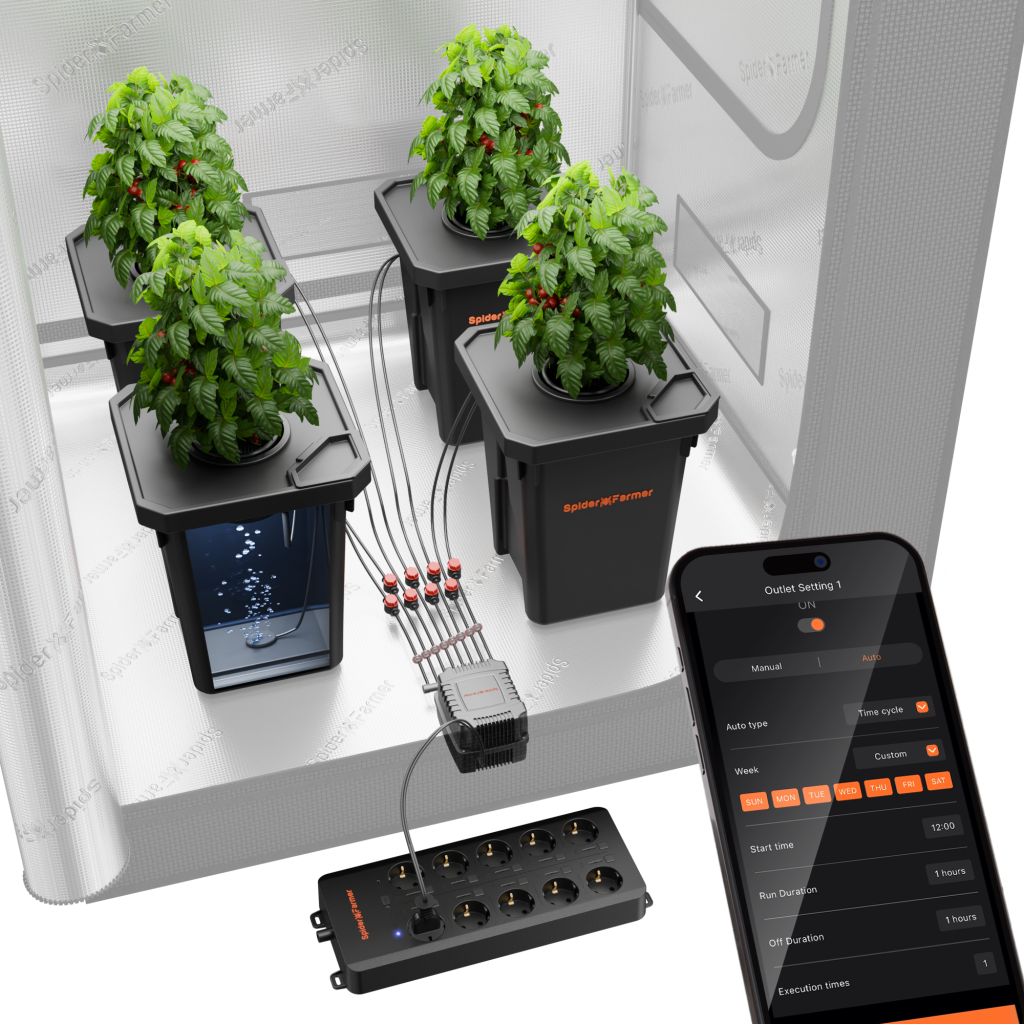
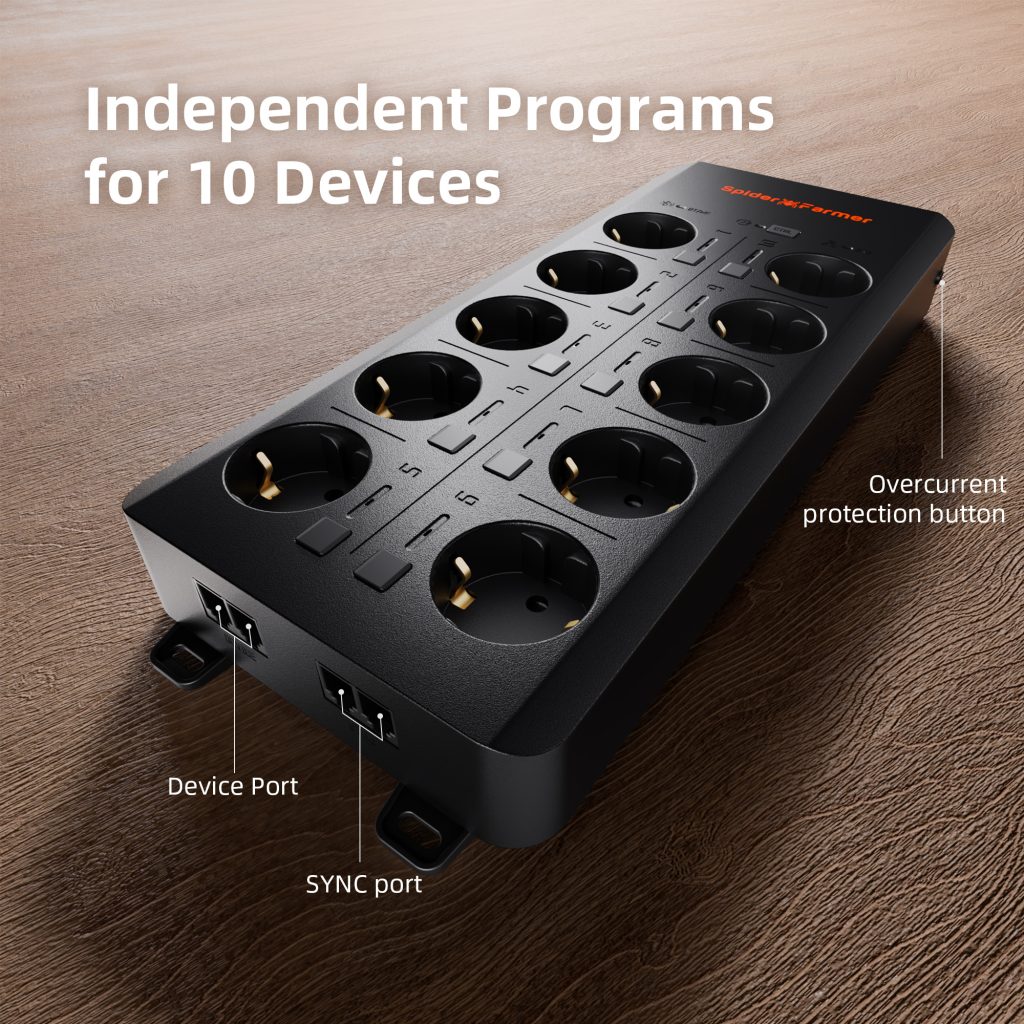
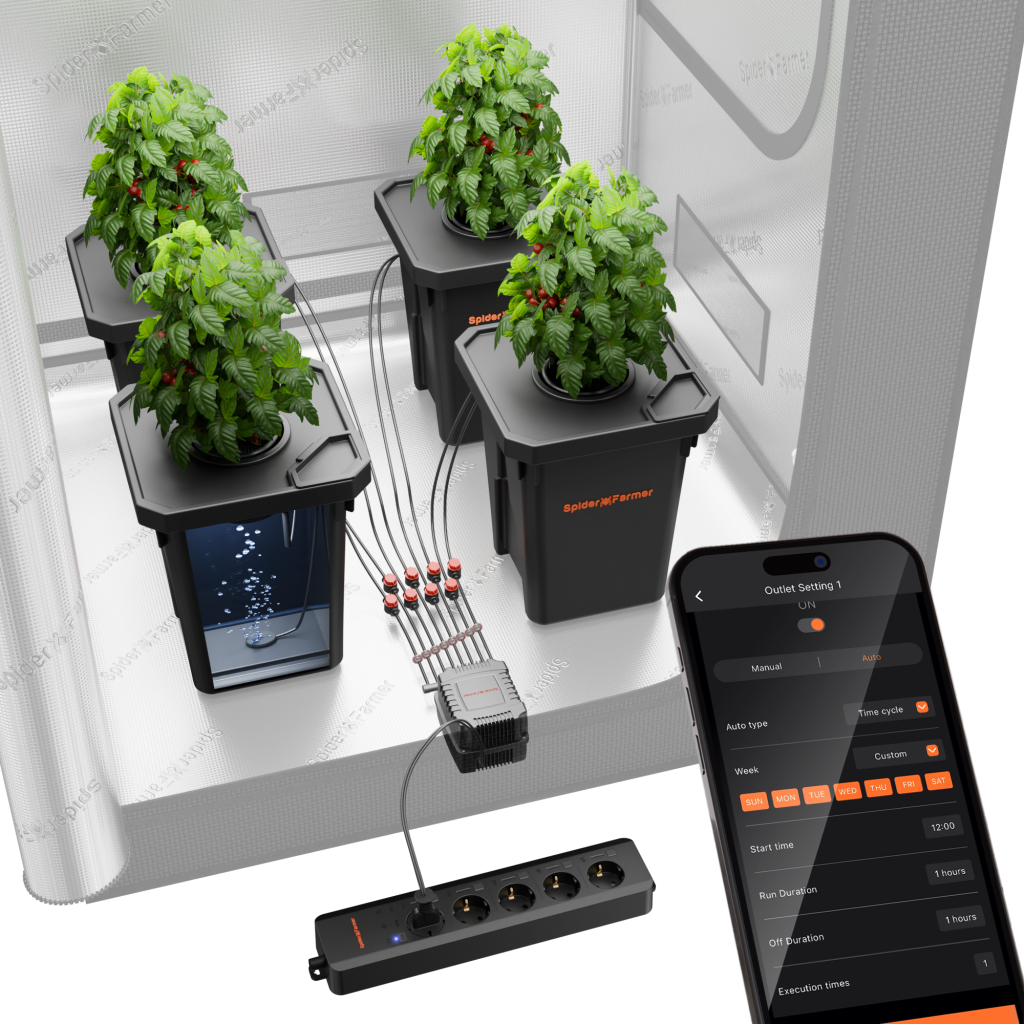
-10位排插欧规-1024x1024.png)

